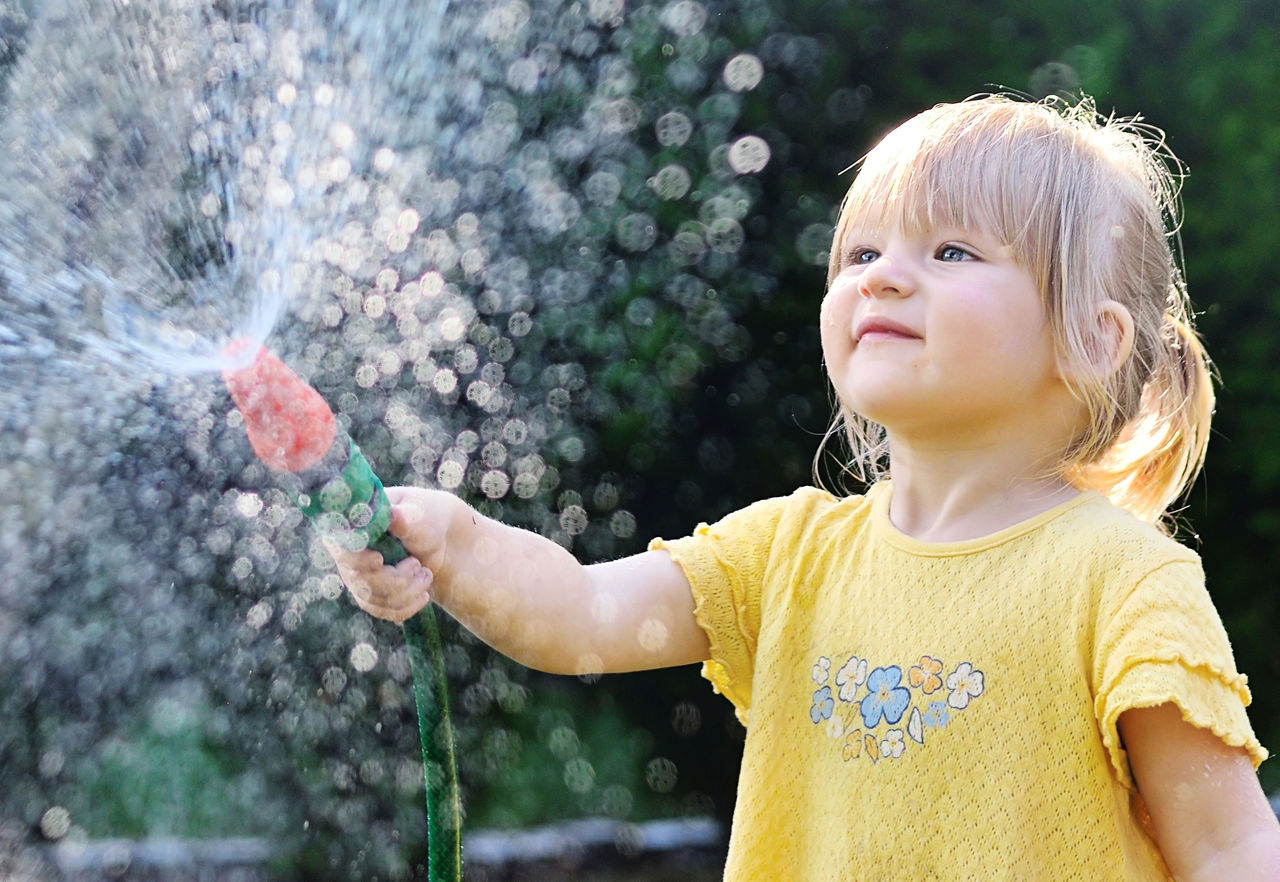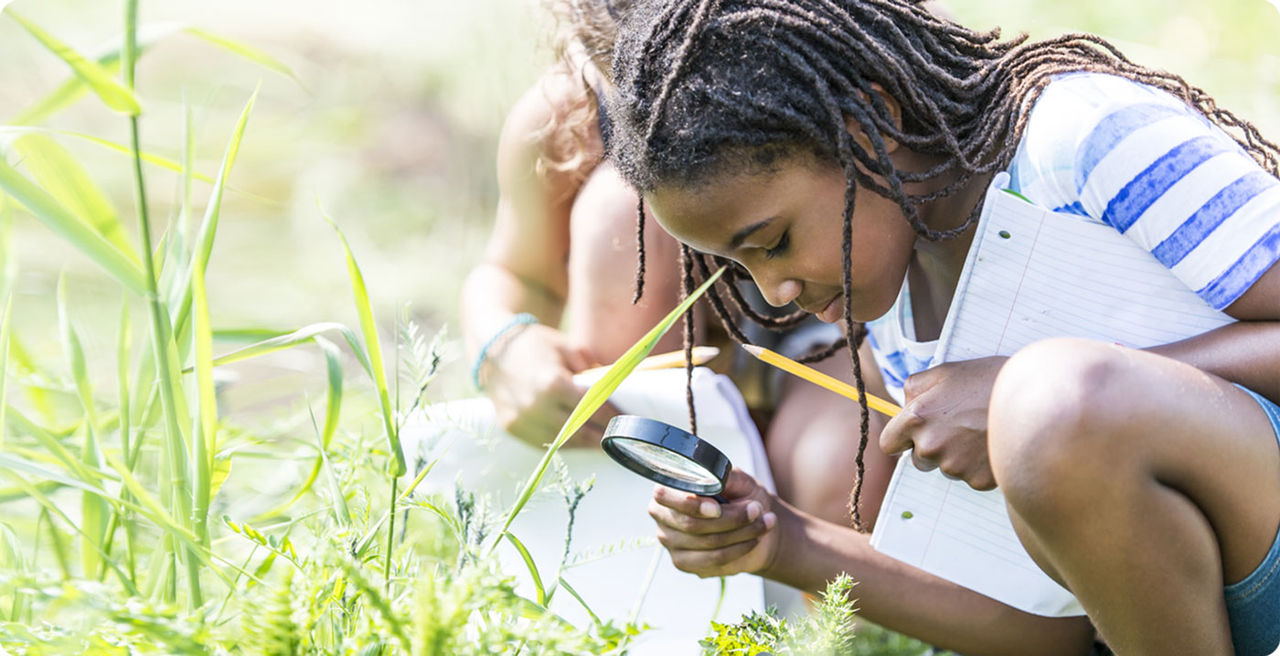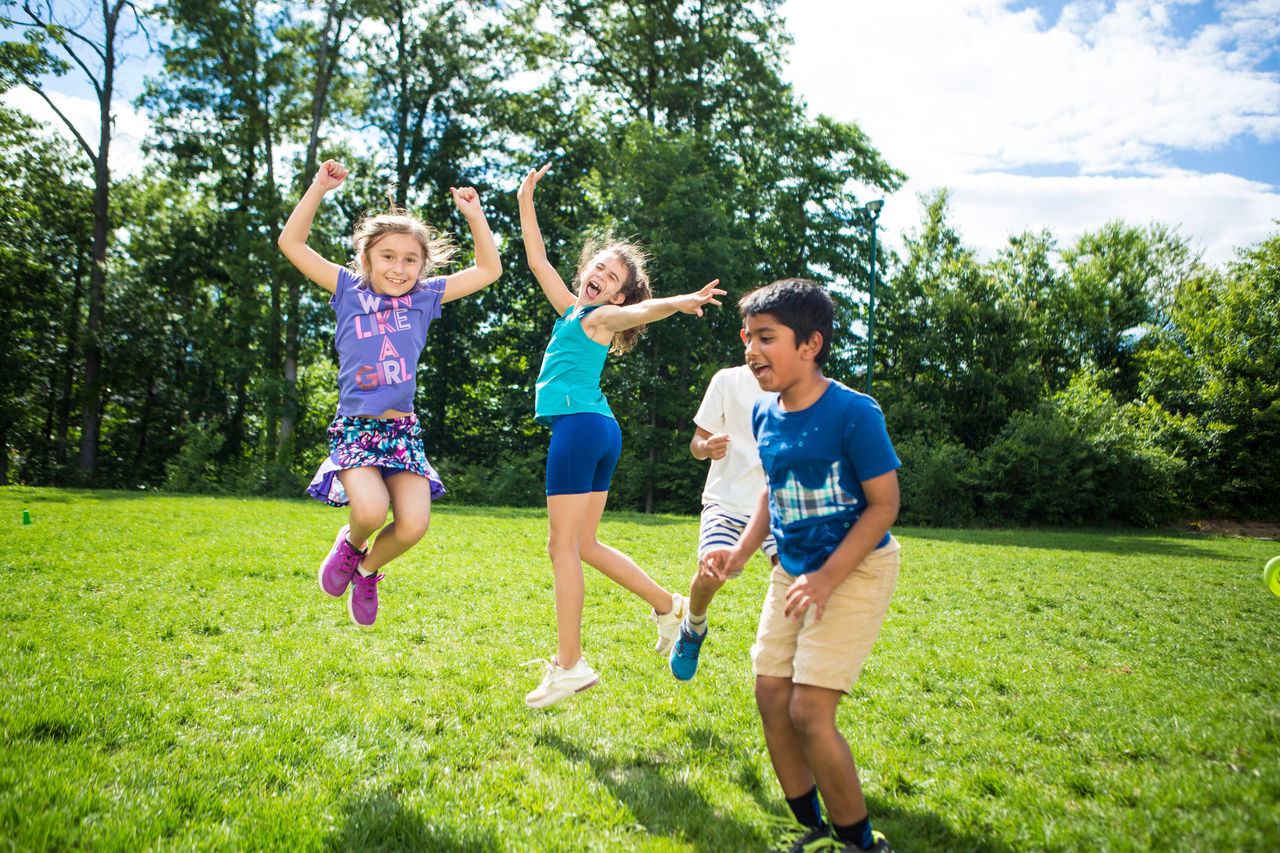Daily walks or time spent outdoors have recently become part of many families’ daily routines. We get to experience the benefits of being outside, which include lowering stress levels and combating hyperactivity. Reaping these benefits doesn’t have to be complicated. Here are some ideas for simple, quality outdoor activities that you and your children can do together that require minimal planning and supplies.
Take a Walk Outside
Taking a walk may seem too simple to have any real benefits, but it has many. It’s a great gross motor and physical activity for the whole family, especially those still perfecting their walking skills. Even for older children, taking a walk on uneven ground like over roots in a wooded area or through a park with slopes, arched bridges or hills provides excellent opportunities to practice coordination and helps them learn to navigate varying terrains safely.
Count Natural Items
Head outside to your backyard, a nearby park or a natural space. Ask your children pick an item that they can see more than one of, such as trees, flowers, rocks or even wildlife. Have your children count how many of each item that they see. For infants, talk about what you see and count out loud to them. Older children may even want to practice adding or subtracting the numbers that correlate to different natural items.
Watch the Clouds
Find an outdoor space with a clear view of the sky. Lay in the grass or on a blanket and ask your children what they see in the clouds. Point out anything that you see in the clouds. Does one cloud look like a dog and another like a tree? Ask your children what they know about whatever they see in the clouds to help develop their critical thinking skills, and identify areas of interest that you can explore together.
Take a Thankful Walk
Take a walk around your yard or community and point out natural items that you are thankful for, such as “I’m thankful for the trees because they provide shade.” Or “I’m thankful for the grass because it gives us a soft place to sit outside.” Then ask your children to point out what they see around them that they are thankful for, and why. Depending on what your children point out, you can dive deeper into any topics that they show interest in and help them think critically about the natural world around them.
Even the simplest of outdoor activities have numerous benefits for both you and your children. Enjoy spending some quality time together while watching learning happen naturally in nature.




